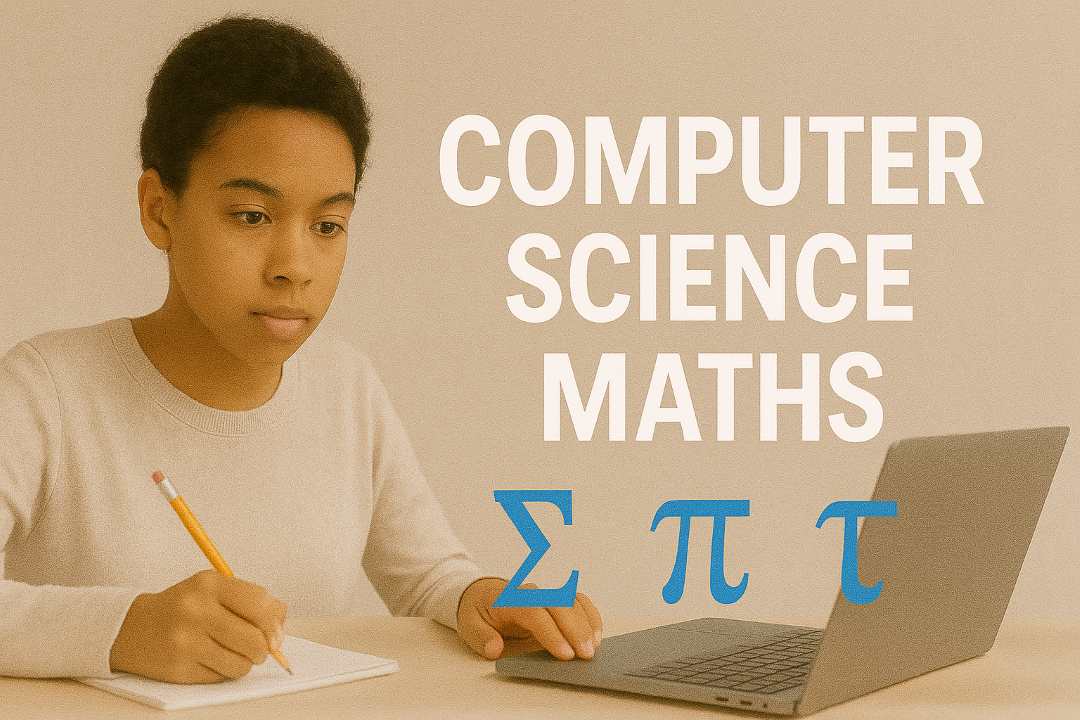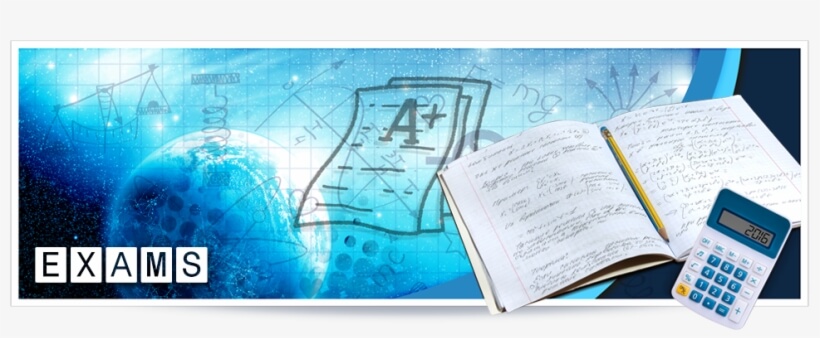
💡 Why Learn Math in Computer Science?
Math helps us:
✅ Write logical code
✅ Design efficient algorithms
✅ Understand machine learning
✅ Manage data structures and databases
✅ Build secure and optimized systems
Mathematics is the language of computer logic.
📐 1. Set Theory – The Foundation of Data
Set: A collection of distinct elements.
Example: A = {1, 2, 3}, B = {5, 4, 3}
✅ Union (A ∪ B) – All elements in A or B
✅ Intersection (A ∩ B) – Common elements
✅ Difference (A - B) – Elements in A but not in B
✅ Subset – A is a subset of B if every element in A is also in B
Applications in CS:
Database operations (JOIN, SELECT)
Logic filters in queries
Search algorithms
🔁 2. Logic and Propositional Algebra
Logical reasoning is the base of all programming.
✅ Proposition – A statement that's either true or false
✅ AND, OR, NOT – Used in conditions and control flow
✅ Implication (→) – "If...then..." logic
✅ Truth Tables – Show output of logical expressions
✅ Logical Equivalence – Used to simplify complex code
Used in:
Conditional programming (if, while)
Circuit design
Software testing and validation
➿ 3. Relations and Functions
✅ Relation – A set of ordered pairs (x, y)
✅ Function – A relation where each x has only one y
✅ Reflexive, Symmetric, Transitive – Important in data modeling
CS Application:
Defining database relationships
Understanding mappings in hash tables
Machine learning functions (input → output)
📊 4. Matrices and Linear Algebra (Simplified)
Matrix: A table of numbers used in graphics, AI, data science
✅ Matrix operations – Addition, multiplication, transpose
✅ Vectors – Represent quantities with direction
✅ Determinant & Inverse – Used in solving systems
Used in:
Computer graphics (rotation, scaling)
Data Science and ML models
Image processing and recommendation systems
🔗 5. Graph Theory – Networks and Connections
✅ Graph – Set of nodes (vertices) connected by edges
✅ Types: Directed, undirected, weighted
✅ Traversal: BFS (Breadth First Search), DFS (Depth First Search)
✅ Shortest Path: Dijkstra’s algorithm
Used in:
Social media networks
Google Maps and GPS
Web crawlers
Scheduling and task management
⏱️ 6. Discrete Structures and Number Systems
Binary, Octal, Hexadecimal – Used in low-level programming
Modular arithmetic – Basis of encryption
Bitwise operations – Used in graphics and hardware
Example:
1011 (binary) = 11 (decimal)
1010 & 1100 = 1000 (bitwise AND)
📉 7. Probability and Statistics for CS
✅ Probability: Likelihood of events
✅ Permutations & Combinations: Counting possibilities
✅ Expected value: Used in AI, ML, and games
✅ Bayes’ Theorem: Used in spam filters, prediction models
Used in:
Machine learning
Data science
Cybersecurity (threat analysis)
Game development
📚 8. Mathematical Induction & Proofs
✅ Proof by induction – Prove for all n (used in algorithm analysis)
✅ Proof by contradiction – Show assumption leads to error
✅ Big-O notation – Analyze algorithm efficiency (time/space)
Application:
Understanding recursive functions
Verifying algorithms
Estimating program performance
🎯 9. Where You’ll Use This in CS Career
Software development: Logic and conditions
Data analysis: Probability, sets, and statistics
Cybersecurity: Logic, hashing, and encryption
AI/ML: Linear algebra, probability
Web & app development: Graphs, sets, functions
Database design: Relations and logic
💼 Career Fields That Rely on CS Math
✅ Data Scientist
✅ Machine Learning Engineer
✅ Software Engineer
✅ Cybersecurity Analyst
✅ Game Developer
✅ Database Architect
✅ Network Engineer
Comments (0)
Categories
Recent posts


Ethiopian Coders Initiative: Free Coding ...
18 Mar 2025
Grade 12 Exam Preparation Ethiopia | ...
18 Mar 2025
How to Make Money Online in Ethiopia | ...
18 Mar 2025




